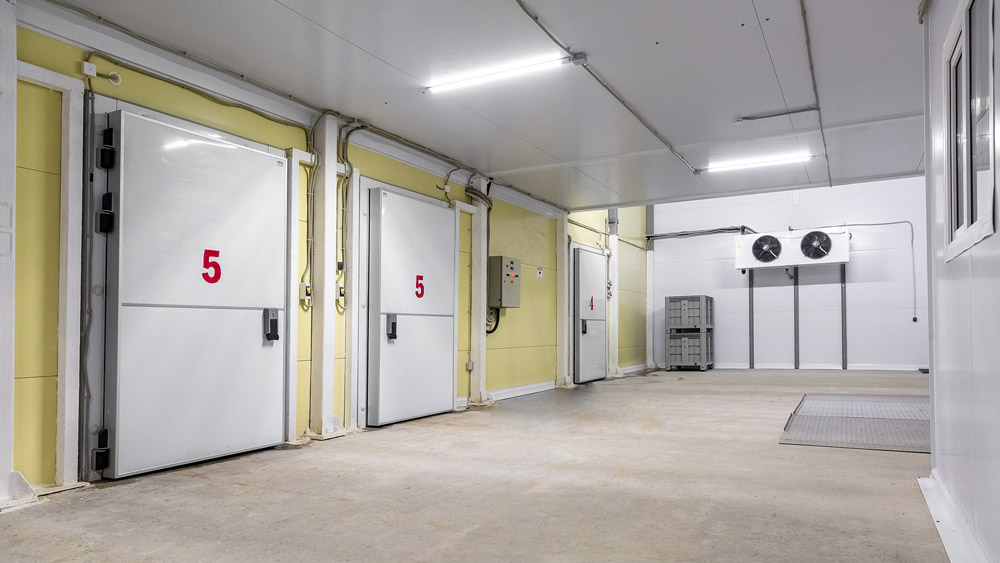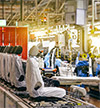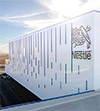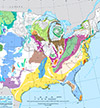As the U.S. economy grapples with rising costs driven by a new wave of tariffs, much of the commercial real estate landscape is shifting — and in some cases, stalling. But one sector could defy the trend: cold storage and food-linked distribution centers.
While tariffs have cast uncertainty across sectors such as multifamily housing and big-box distribution, the specialized world of temperature-controlled logistics is poised to hold its ground — and in some markets, even expanding.
Demand Tied to Essentials
“While tariff policies do not directly impact commercial real estate, they have a myriad of passthrough effects on the demand and supply drivers of CRE,” says Ermengarde Jabir, Director of Economic Research at Moody’s. “Opportunities will likely remain strong for cold storage warehousing, distribution, and grocery-anchored retail — properties with demand tied to food-related essentials.”
Consumers are likely to pull back on discretionary spending due to inflation in core goods like food and energy, which makes assets tied to non-essentials more vulnerable, according to Jabir. In contrast, demand for staples — and the infrastructure that moves and stores them — remains consistent.
Opportunities will likely remain strong for cold storage warehousing, distribution, and grocery-anchored retail — properties with demand tied to food-related essentials,
Tariffs Bite, but Cold Storage Holds
Francesco Renna, PhD, Director of Consulting and Senior Labor Economist at Chmura Economics & Analytics, agrees that the ripple effects of tariffs are far-reaching — but nuanced.
“From our research, we found that tariffs are going to increase the cost of just about everything,” Renna says. “A slowdown in international trade may affect distribution centers such as inland ports. Cold storage facilities could be affected by the tariff of food coming from Canada or Mexico.”
The fundamentals of cold storage — which supports everything from produce imports to pharmaceutical distribution — remain strong, especially given the continued demand for resilience in the food supply chain.
From Niche to Necessity
Jay Garner, President and Founder of Garner Economics, has seen that strength firsthand. “Cold storage facilities have been a hot commodity for a number of years now,” he says. “We have never seen cold storage slow down at all.”
Garner, who advises communities on site selection strategy, says the biggest constraint isn’t demand — it’s power. “The only item associated with cold storage is: Can the community handle the electric requirements for it?” he notes. “Which is not the same as a data center, but it’s still a significant push.”
That’s one reason energy availability has become a top-three concern in site selection rankings, displacing other traditional drivers like tax incentives.
$427B
Investors and Developers Stay Focused
Despite broader construction slowdowns — especially in sectors like multifamily housing, where Renna estimates tariffs will add $1 billion to project costs — cold storage continues to draw investment. Developers are responding with vertical builds, automation upgrades, and strategic positioning near ports and population centers.
The global cold storage market is projected to grow from $159.7 billion in 2024 to $427 billion by 2030, according to GlobeSt. A recent Colliers report also noted a rebound in speculative cold storage development — a sign that investor confidence remains strong, even amid market uncertainty.
A Strategic Bet on Resilience
While tariffs may continue to challenge cost structures in the near term, industry insiders expect the cold storage sector to weather the storm better than most. As Jabir puts it, “In a market with constrained supply and stable or growing demand... properties tied to food-related essentials will continue to perform well.”
The real risk may lie in how well communities can support these energy-intensive facilities — and how quickly developers can adapt their models to meet growing demand.




